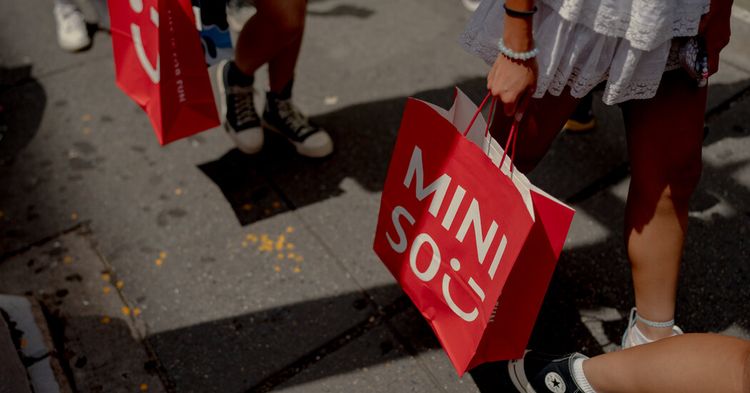The Fed’s Preferred Inflation Measure Cooled in June

The Personal Consumption Expenditures index became more balanced, despite data showing robust consumer spending.

July 28, 2023Modified at 8:55 a.m. Eastern Time
The inflation measure favored by the Federal Reserve decreased in June, despite consumer spending progressing at a faster pace than anticipated by economists.
The information displays that the economy still has significant force after 16 months of the central bank's efforts to decrease its pace. This could enhance the likelihood of a gentle decrease in inflation without experiencing a recession. However, the officials from the central bank have emphasized that it is premature to be certain that inflation will completely decrease.
According to the recent data released on Friday, the index for Personal Consumption Expenditures experienced a 3 percent increase in the period of one year ending in June, meeting economists' predictions. However, this growth rate marks a deceleration compared to the previous month, where it had surged to 3.8 percent.
Excluding food and fuel, which are prone to volatility, the essential inflation measure increased by 4.1 percent, slightly below economists' predictions. This represents a significant decline from its 2022 peak of 5.4 percent and marks the lowest recorded figure since September 2021.
Inflation has started to decrease slowly over the past few months, which is positive for both shoppers and the Federal Reserve officials. The officials have been increasing interest rates in an attempt to stabilize the economy and regain control over rising prices. This week, policy makers raised rates to a range of 5.25 to 5.5 percent, the highest it has been since 2001, and indicated that they are willing to take further action if new data indicates that inflation will continue.
The policymakers of the Federal Reserve have been closely monitoring the level of core inflation, as it excludes the unpredictable data and provides a more accurate indication of the direction of inflation. These officials strive for an average inflation rate of 2 percent, but currently, the crucial price indicator is still progressing at a rate that is twice as quick as their target.
However, the recent advancement has been a pleasant advancement, particularly since the economy has remained strong despite the deceleration in price increases. This endurance has been driven by consumers, who have persistently spent money even as it becomes costlier to borrow funds for buying a car or making credit card purchases. The report published on Friday revealed that personal consumption spending increased by 0.4 percent in June compared to the previous month after accounting for inflation, surpassing economists' anticipated 0.3 percent growth.
Decreasing inflation and positive economic statistics have merged to ignite a rising feeling of hopefulness among economists: It appears more and more likely that the Federal Reserve might achieve the ability to moderately slow down the economy in order to curb inflation without causing significant spikes in unemployment or sharp declines in growth. The central bank's experts went as far as adjusting their predictions at this week's meeting, no longer anticipating an economic downturn for this year.
However, policymakers are still cautious, as the current resilience that is fostering optimism may also pave the way for persistent inflation in the future. If businesses can consistently increase their prices due to the strong financial condition of their customers, who are capable and willing to pay higher amounts without reducing their consumption, it could lead to a faster inflation rate than what is normally observed.
"The general strength of the economy - the fact that we have successfully managed to reduce inflation thus far" is "positive," stated Jerome H. Powell, the head of the Federal Reserve, during a press conference this week. However, "with incremental growth, there is a possibility of increased inflation in the long run, which would necessitate a suitable monetary policy reaction."
A significant portion of the recent decrease in inflation can be attributed to atypical changes that occurred both during and after the pandemic, which have gradually subsided. The disruptions in the supply chain have been resolved, causing the temporary surge in furniture prices to vanish. Moreover, the scarcity of new cars, which led to a notable hike in their prices, is now starting to stabilize.
Following a significant decrease during the initial spread of the pandemic, airfares and hotel rates have either been dropping or experiencing a more moderate increase. This trend supports the cooling down of inflation as well.
In the past few months, gas prices have also become more stable, leading to a decrease in overall inflation. However, in the past few days, there has been an increase in gas prices due to a significant refinery closure. This trend could potentially hinder the decrease of inflation in the future if it continues until August.









































